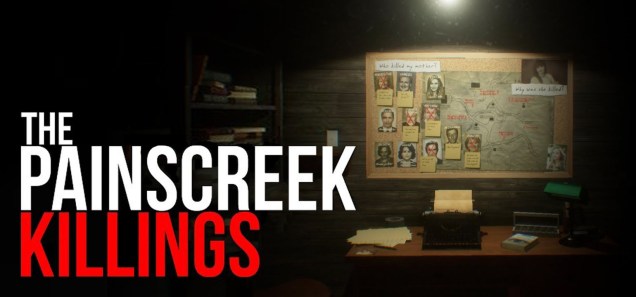
The analysis I’ve been working on has again resulted in me writing a full-on game walkthrough, this time to Parabole’s 2017 game Kona. Again, I have decided that I might as well just post the results here, as a gesture of goodwill to the world.
There are some useful walkthroughs to Kona out there already, each with its own limitations. The most thorough walkthoughs explaining how to get 100% completion are videos, a format that I really dislike when it comes to games of this style. On the other hand, the written walkthroughs all exclude certain useful details, or sometimes have out-of-date details because they were written while the game was still in early access.
This walkthrough was written with the following goals in mind: thoroughly exploring and retrieving all documents from the game’s principle locations, and fully filling out the game’s journal. If you want to do those things, this is the guide for you. It’s not going to cover some other things, like where you can find all of the talismans and treasure hunt locations. If you want that sort of thing, you should check out another walkthrough (like this one here, which has a great map).
